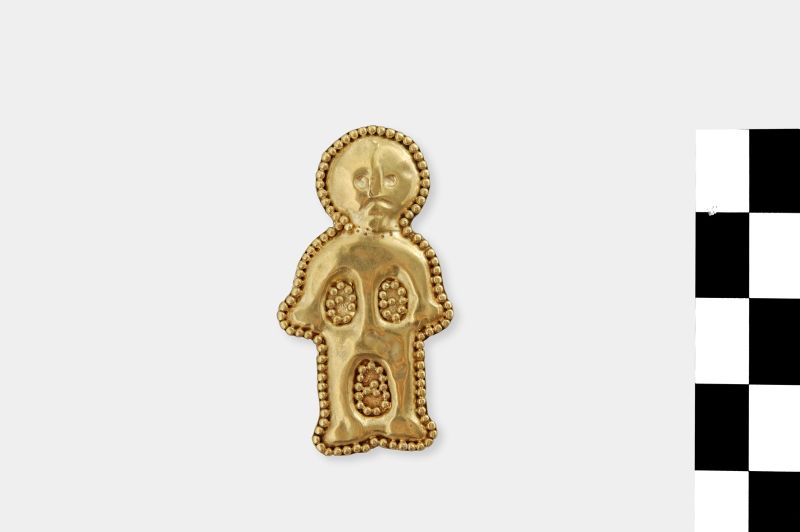
Unveiling Secrets of Love & Matrimony: How DNA Cracks the Code of an Ancient Empire’s Relationship Culture
The new breakthroughs in DNA analysis have been illuminating, especially in the field of anthropology, archeology, and history, offering researchers unprecedented insights into our past. A fascinating aspect that has come to light is understanding ancient sex and marriage patterns from the remnants of yesteryears. Owing to technological advancements in DNA analysis, researchers can now dig deeper into the sophisticated societies of ancient empires, offering an intriguing peek into their marital and sexual behaviors.
Sex and marriage patterns in ancient civilizations are integral to understanding their social structures, beliefs, traditions, migration patterns, and even political affiliations. One often wonders if the norms of monogamy, polygamy, or other forms of marriage we recognize today were prevalent in ancient times. To answer this and other questions related to ancient sex and marriage patterns, researchers are trawling through vast amounts of data left behind in the form of skeletal remains. The ancient DNA (aDNA) embedded in these remains discloses invaluable information about the intimate lives of the people from olden times.
Analysing aDNA involves the extraction, sequencing, and interpretation of genetic materials preserved in archaeological remains. By comparing the ancient genomes with modern human DNA, researchers can piece together the genetic relationships between individuals and infer their probable relationships. Although it’s challenging to definitively identify marriage and sexual patterns from DNA alone, they can provide invaluable clues when combined with archaeological and anthropological evidence.
One such groundbreaking study is the genetic analysis of the samples from the ancient Chinese Yangshao Culture, dating 7,500 years back. The results indicated that the society practiced exogamy, where males stayed within their group, and females married into their husbands’ families. This study, combined with archaeological artifacts, gave a detailed perspective about the ancient Chinese marital system.
Likewise, the DNA study of skeletal remains from the German Bell Beaker culture, dating to the European Bronze Age, provided evidence for a patrilocal system where women moved to live with their husbands’ families. Moreover, the study revealed a societal shift towards increased social inequality, where high-status men fathered more children, leading to a decrease in genetic diversity over time.
In another captivating instance, a study conducted on the bones found in the ancient city of Cahokia in modern-day USA presented an unexpected case of polygamy. DNA evidence, along with archaeological data, exhibited a society where elite men likely practiced polygyny, signified by an unexplained preponderance of adult male remains compared
